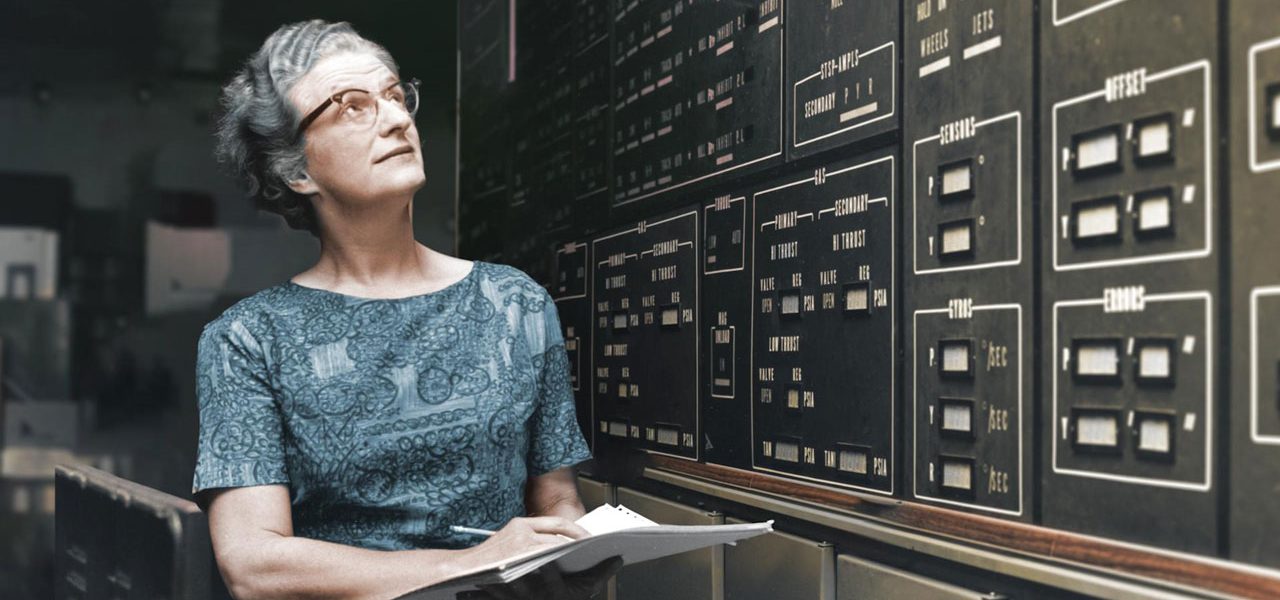Born this day in 1925, Dr Nancy Roman contributed hugely to American civil space advancement and advocated relentlessly for women’s equitable role in science, however her journey to become one of the most successful people in space exploration was not easy.
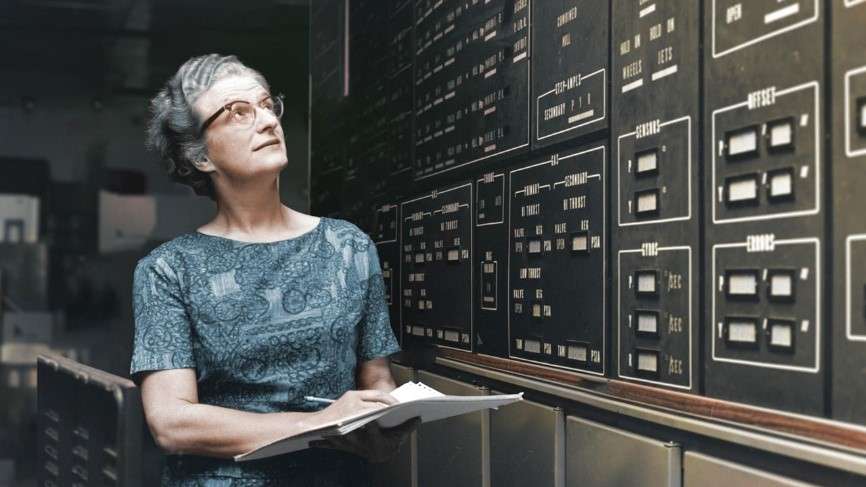
Whilst Roman’s love of astronomy began when she was young (she said: ‘My father was a scientist and answered my scientific questions, while my mother… took me out at night and showed me the constellations and the auroras’), Roman was thwart along the way because of her sex. At every turn she was discouraged from studying science and mathematics. At school she was asked, ‘What lady would take mathematics instead of Latin?’. At University she was told ‘she might make it’. During her PhD, her Thesis Professor did not speak to her for 6 months and throughout, there was the weight of a societal belief that women were not ‘supposed to’ study science but get married and make a home.
But her gumption and curiosity won out.
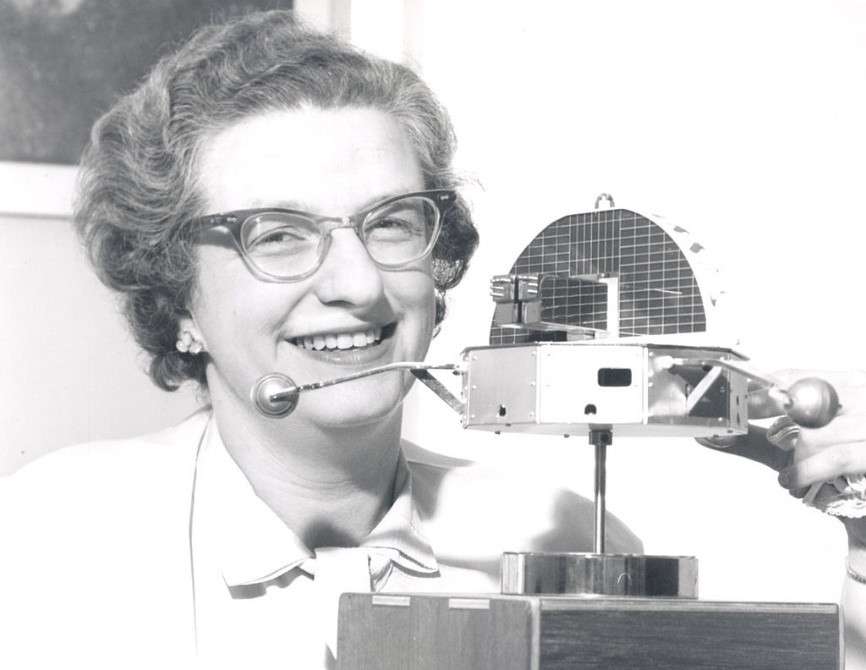
In Roman’s own words about her naysayers, she said ‘I’m glad I ignored them’. From age 11, she studied all the astronomy books she could get her hands on, set up an astronomy club and held star watching parties. Roman then took algebra at school, graduated in astronomy from Swarthmore College in 1946 and achieved a PhD from University of Chicago in 1949 where Roman produced novel research in spectral classification, to determine the temperature, brightness, and distance of the stars. Roman determined that the presence of more heavy elements in stars, which moved in a more circular orbit, are older than stars moving more randomly with lighter elements.
It was not until Roman joined NASA in 1959 that she felt equal to her colleagues and peers and as one of the team. NASA was only 6-months old at the time, yet it was a rough start for Roman. She was employed here under the assumption that she had only completed her PhD, despite her 6 years teaching and research experience, as her University salary had been so low, that the civil service did not recognise these 6 years as work.
Even so, Roman relished the challenge. When offered the chance to set up and run a program in space astronomy at NASA, she said: it ‘was too great to resist’. Roman was a collaborator and as ‘the mother of Hubble’, it was Roman who made the long-standing idea of having a large telescope outside of the atmosphere, a reality. She brought together a diverse, exemplary team of astronomers with NASA engineers and aerospace companies, to determine how such a telescope could be achieved. She also had to find a way to secure support from NASA, politicians, and the general public. When Senator William Proxmire asked: ‘Why would the average American taxpayer want to pay for something as expensive as the Hubble?’ Roman did some quick maths and calculated that it would cost each American a night at the movies but provide 15 years of amazing, new discoveries.
The Hubble project was decades long, finally launching in 1990 and Roman may have made a slight undercalculation, as Hubble still produces new wonders today – for example, beaming previously unseen images of galaxy M99 just a couple of weeks ago which is an almost unfathomable 42 million light-years away from Earth. Hubble has, and continues to, help us rethink our understanding of the universe.
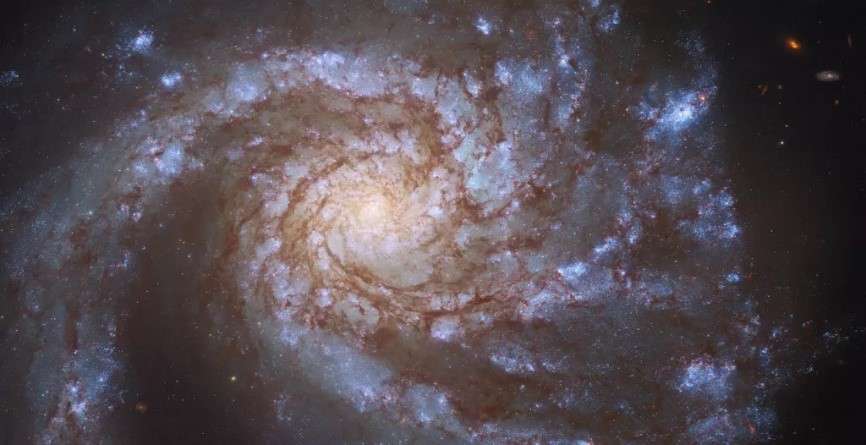
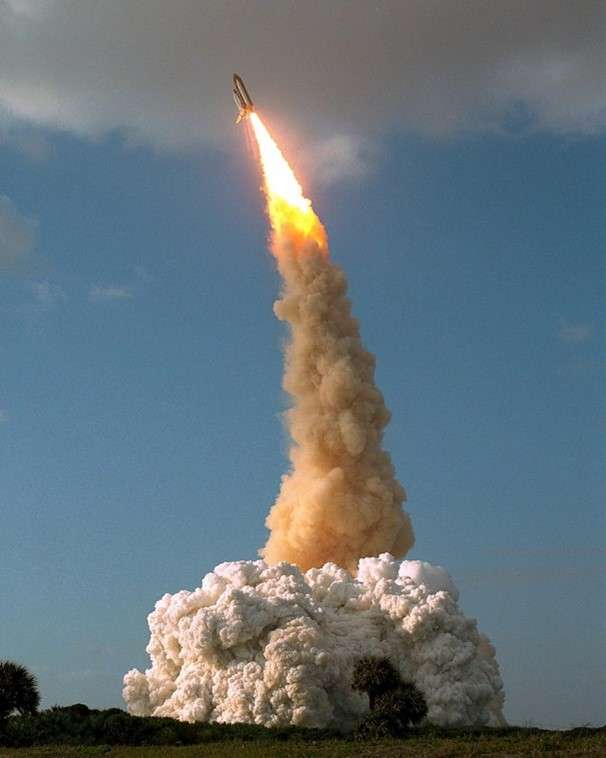
Roman’s contribution to NASA has been commemorated by the naming of their next generation, ultra-advanced telescope, the Nancy Grace Roman Space Telescope. Due to launch in late 2026, the Roman Space Telescope is the descendant of Hubble. 30 years its junior and 30 years more technologically advanced. It can capture images of the sky 100 times larger than Hubble. Its aim: to study dark energy, dark matter (components that combined make up 90% of the universe) and exoplanets (planets beyond our Solar System). It will be a huge step forward for space exploration, like Roman herself.
Roman’s achievements make her a role model for women in science and the value of role modelling has been proven to help correct underrepresentation and inequity in a variety of STEM-based careers. During Roman’s lifetime, she recognised that things had changed and that more women were represented in the sciences, however, she also acknowledged that there was a long way to go. The challenges that Roman faced persist today. As such, in Roman’s estate she left a substantial bequest to AAUW (the American Association of University Women), to fund projects which will ensure more women and girls pursue scientific study and engineering, by researching barriers, and designing ways to overcome them – just as Roman would have.
Happy Birthday Nancy Roman! Your legacy of enterprise, imagination and seeing opportunity in every challenge is an inspiration to us all.
